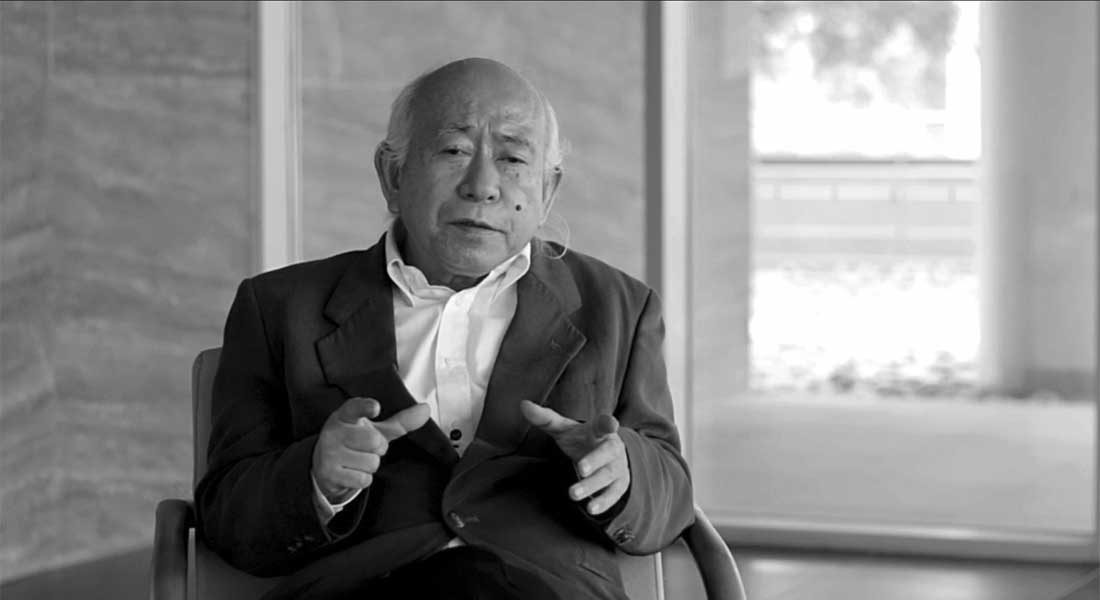In January 2019, Director of Mithila Museum, Japan, Tokio Hasegawa was in Patna to attend a seminar hosted by Upendra Maharathi Shilp Anusandhan Sansthan, Patna. During the seminar, Sunil Kumar, founding director of Folkartopedia conducted an archival interview of Mr. Hasegawa in which he reveals how his quest for eternity in Tokamachi hills in Niigata prefecture, Japan led him to build a treasure house of Mithila painting in Japan.
More than 15000 exquisite Mithila paintings have been preserved in Mithila Museum, Japan. Tokio Hasegawa says, ‘I did not want this spiritual (Madhubani) art form to disappear like our own Ukiyo-e (Japanese art from the 17th century in Ado period). Today even if we want to set up a museum we cannot as most of our paintings are with collectors and museums in the west,”
Visual archives
Interview: Tokio Hasegawa, Director, Mithila Museum, Japan
Interviewee : Tokio Hasegawa, Director, Mithila Museum, Japan
Interviewer : Sunil Kumar
Location : Bihar Museum, Patna, Bihar
Recording : January 25, 2019
Interview commissioned by Upendra Maharathi Shilp Anusandhan, Patna
© UMSAS Patna
Visual archives I Audio archives I Video archives I Photo Archives

